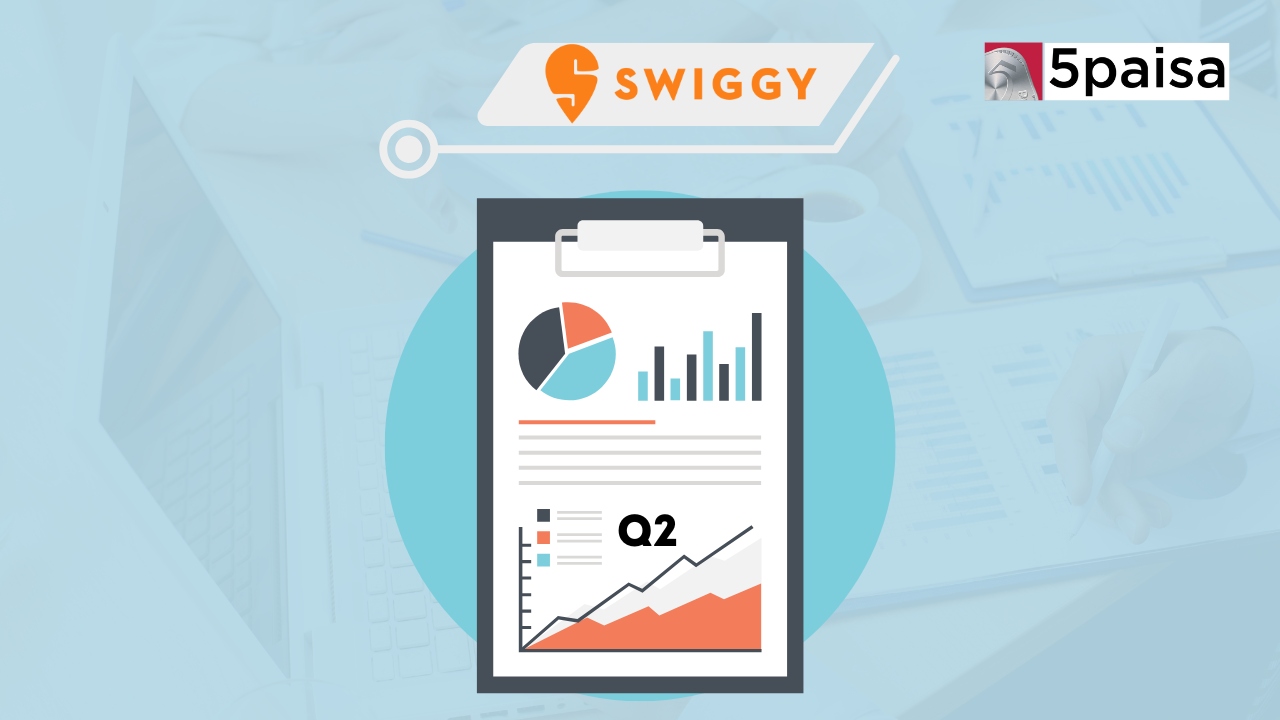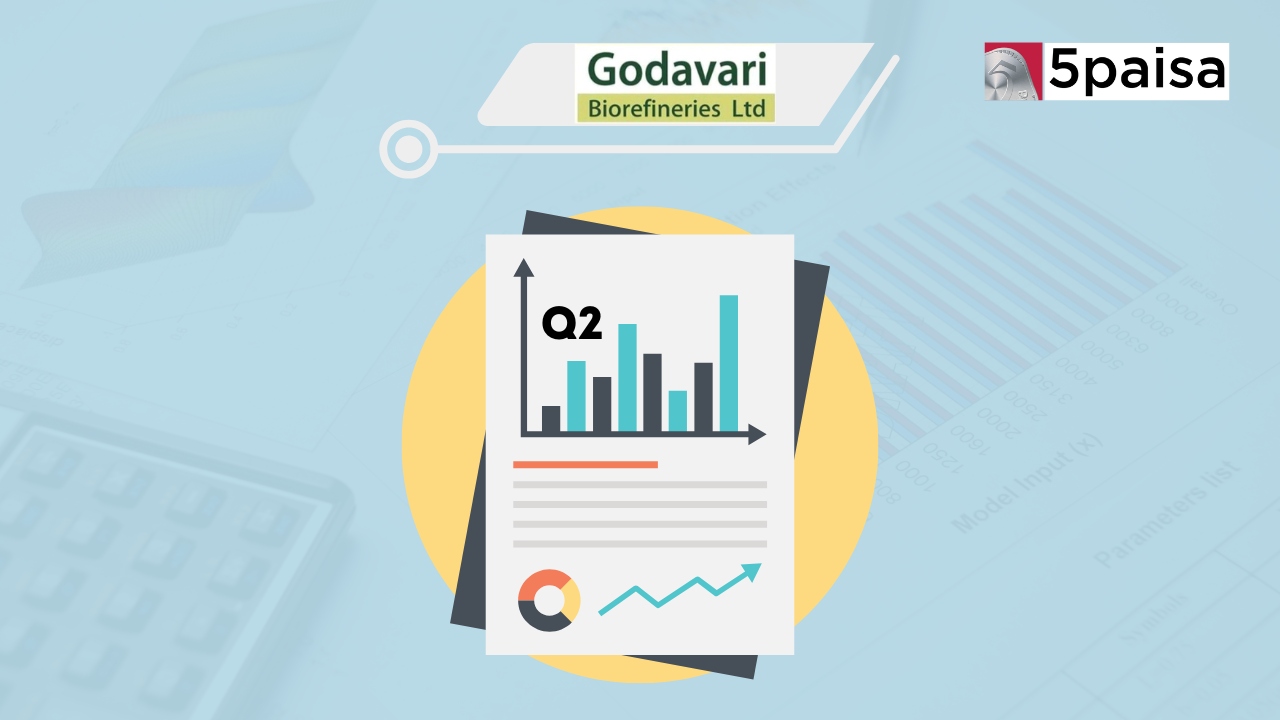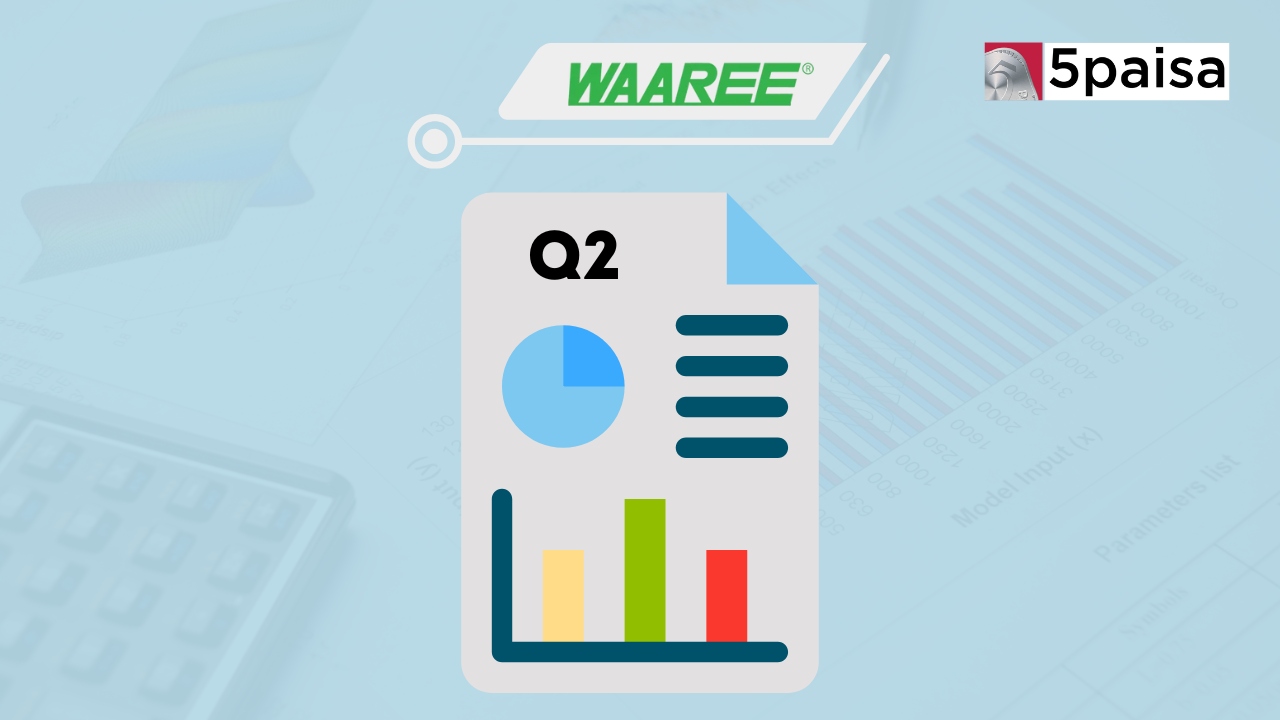Gaurav Seth appointed as CEO of 5paisa Capital Limited, effective January 14, 2025
HUL’s strong performance in Q2, however, underlying volumes lagged

Overall Performance
Despite the shocking low underlying volume growth, which stood at ~4%, the underlying domestic consumer business grew at 11% YoY basis. In H1FY22, HUL reported 12% growth in sales, 8.5% growth in EBITDA and 6.2% growth in APAT. In Q2FY22, HUL reported 11.2% growth (Rs. 127bn) in sales YoY basis while 6.8% growth on QoQ basis. Adjusted PAT grew by 7.5% YoY basis while it grew by 11.5% QoQ basis. HUL’s 75% of the business gains decent market share and relative penetration. The management believes that even if half of the entire business performs and gains market share on a global platform, the company situation remains stable and in good position.
Segment Performance
The various segments of the business grew at a healthy pace however the only concern hanging over their performance remains to be the inflationary pressure which affects the cost-pricing.
~85% of the portfolio is made up of Health, Hygiene & Nutrition (HHN) which has continued to grow at a steady pace. Hand Sanitizers and Hand Washes are growing moderately while Laundry is picking up slowly. Brands like Dove, Tresemme, Pears, Surf Excel etc are doing very well. Discretionary portfolio has recovered well and is almost back to pre-covid level. The portfolio’s recovery in comparison to the performance in. Out-of-Home (OOH), consisting of ice-creams majorly, reached back to the pre-covid level.
Margins and Inflation
The margins, even though healthy, seemed to be under tension due to inflated prices of Palm oil & derivatives (used in skin cleansing & hair care), Crude & derivatives (used in laundry & household care), Packaging (plastic & paper) costs which are inflated to 40-50% in past one-year, multi-fold increase in Ocean freight, and significantly high tea prices. The company is trying its best to sustain the margins. It has spent more on its media expenses and ensured sufficient share of voice to share of market ratio. Even with the inflationary pressure in play, HUL does not seem to be bothered by any disruption in global supply chain challenges since it is doing well in terms of raw material sourcing flexibility & resilience.
Story moving forward
The online demand through eRTM (Shikhar), E-Com & D2C in Q2FY22 makes up for more than 15% of the business as compared to more than 10% in Q1FY22. Shikha, present only in urban & semi-urban areas, is progressively penetrating rural areas. It is now a part of 650,000 stores with improving adaptability and stickiness.
In a sector where when prices fall, volumes pick up, HUL needs to focus on the volume delivery while also keeping the market share first priority in order to retain its consumer franchise. Moving forward, HUL plans to focus more on heightened awareness about hygiene and e-commerce, which is in consumer’s favor from convenience and assortment point of view.
- Flat ₹20 Brokerage
- Next-gen Trading
- Advance Charting
- Actionable Ideas
Trending on 5paisa
02
 5paisa Research Team
5paisa Research Team
03
 5paisa Research Team
5paisa Research Team
04
 5paisa Research Team
5paisa Research Team
Corporate Actions Related Articles
Disclaimer: Investment in securities market are subject to market risks, read all the related documents carefully before investing. For detailed disclaimer please Click here.




